Lorenzo Strappelli
Towards Responsible AI: A Design Space Exploration of Human-Centered Artificial Intelligence User Interfaces to Investigate Fairness
Jun 01, 2022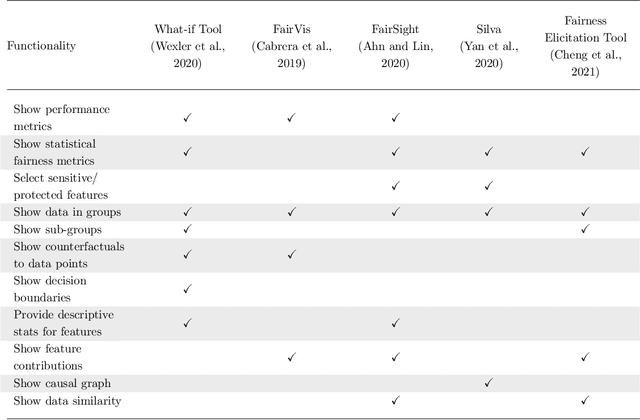
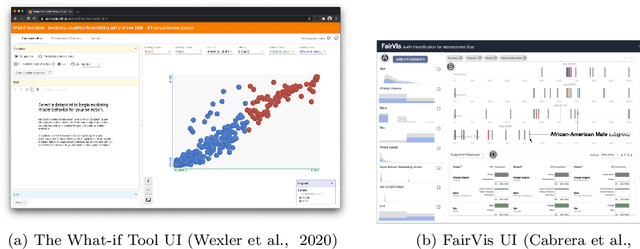
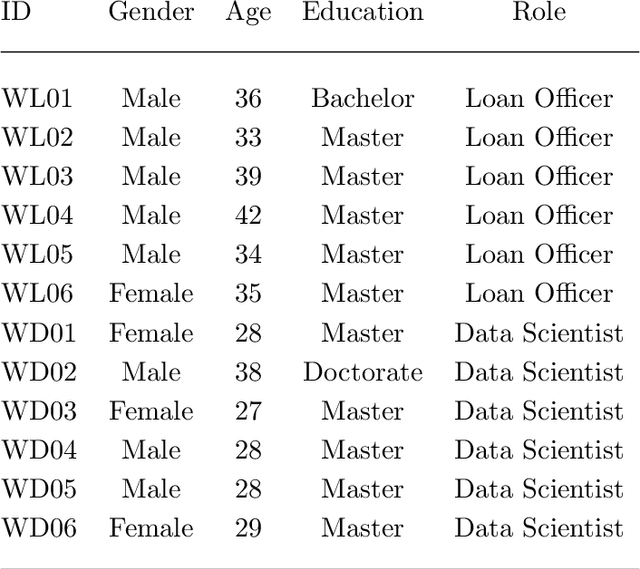
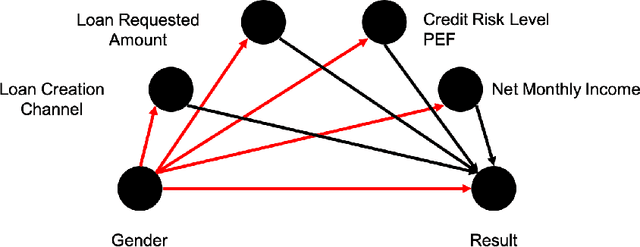
Abstract:With Artificial intelligence (AI) to aid or automate decision-making advancing rapidly, a particular concern is its fairness. In order to create reliable, safe and trustworthy systems through human-centred artificial intelligence (HCAI) design, recent efforts have produced user interfaces (UIs) for AI experts to investigate the fairness of AI models. In this work, we provide a design space exploration that supports not only data scientists but also domain experts to investigate AI fairness. Using loan applications as an example, we held a series of workshops with loan officers and data scientists to elicit their requirements. We instantiated these requirements into FairHIL, a UI to support human-in-the-loop fairness investigations, and describe how this UI could be generalized to other use cases. We evaluated FairHIL through a think-aloud user study. Our work contributes better designs to investigate an AI model's fairness-and move closer towards responsible AI.
* 44 pages, 17 figures, the draft of a paper on International Journal of Human-Computer Interaction
Towards Involving End-users in Interactive Human-in-the-loop AI Fairness
Apr 22, 2022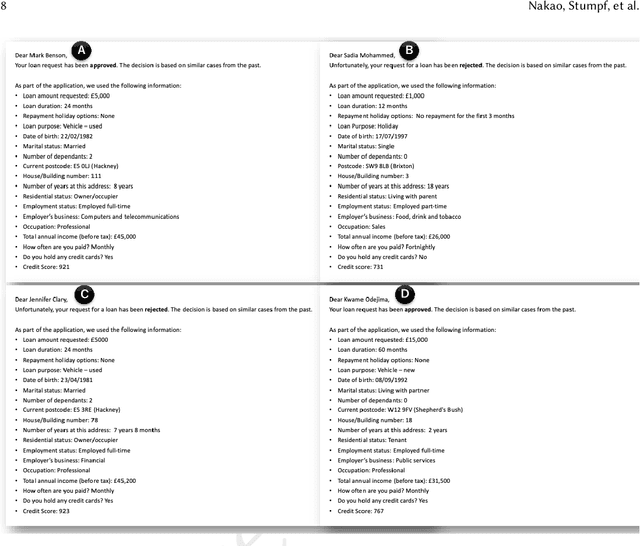



Abstract:Ensuring fairness in artificial intelligence (AI) is important to counteract bias and discrimination in far-reaching applications. Recent work has started to investigate how humans judge fairness and how to support machine learning (ML) experts in making their AI models fairer. Drawing inspiration from an Explainable AI (XAI) approach called \emph{explanatory debugging} used in interactive machine learning, our work explores designing interpretable and interactive human-in-the-loop interfaces that allow ordinary end-users without any technical or domain background to identify potential fairness issues and possibly fix them in the context of loan decisions. Through workshops with end-users, we co-designed and implemented a prototype system that allowed end-users to see why predictions were made, and then to change weights on features to "debug" fairness issues. We evaluated the use of this prototype system through an online study. To investigate the implications of diverse human values about fairness around the globe, we also explored how cultural dimensions might play a role in using this prototype. Our results contribute to the design of interfaces to allow end-users to be involved in judging and addressing AI fairness through a human-in-the-loop approach.
 Add to Chrome
Add to Chrome Add to Firefox
Add to Firefox Add to Edge
Add to Edge